AT&T pledges $2 billion to help bridge the digital divide
Telecoms giant is working with the Emergency Broadband Benefit program

AT&T will invest $2 billion over the next three years to help address the digital divide.
The initiative combines the company’s discounted broadband service offerings with community investment. It builds on the company’s $1 billion contributions over the last three years toward bringing broadband to underserved communities.
“We believe that broadband connectivity is essential for all Americans,” said CEO John Stankey. “Our broadband networks rose to the challenge of the pandemic in part due to policies that promoted private sector investment in multiple technologies and networks.”
The company also intends to expand affordable broadband through the federal government’s Emergency Broadband Benefit program. That program will expand broadband subsidies for low-income households during the COVID-19 pandemic.
Here are five elements of this AT&T initiative:
Education Offers: The company will continue to offer discounted wireless to more than 135,000 public and private K-12 schools, colleges, and universities.
Access from AT&T: This five-year-oldAT&T-funded program makes the internet more affordable for customers by providing qualifying households with wireline internet service at $10 or less per month. AT&T continues to waive data overages for these customers and is keeping the expanded eligibility to qualifying households and those participating in the National School Lunch Program and Head Start.
Get the ITPro daily newsletter
Sign up today and you will receive a free copy of our Future Focus 2025 report - the leading guidance on AI, cybersecurity and other IT challenges as per 700+ senior executives
Emergency Broadband Benefit: Eligible customers can temporarily reduce their monthly broadband costs by taking advantage of the federal Emergency Broadband Benefit. This FCC program will allow more than 30 million households to receive an additional subsidy of up to $50 a month for broadband internet service. This will push the broadband’s monthly cost to as low as $0.
To be eligible for the EBB, households must qualify for the Lifeline program. This initiative targets low-income households and provides small discounts on telephone and broadband services. To qualify for Lifeline, a household’s income must be at or below 135% of federal poverty guidelines or participate in other federal assistance programs, such as Medicaid.
Digital learning platform: AT&T is working with WarnerMedia to develop a digital learning platform to deliver high-quality educational content.
Learning centers: The company is launching 20 AT&T Connected Learning Centers in 2021. They’ll be in traditionally underserved neighborhoods where residents face barriers to connectivity. The company will provide high-speed internet and Wi-Fi and will ensure the centers have resources for devices like laptops and tablets. The centers will have access to WarnerMedia content and access to virtual learning tools from collaborators like Khan Academy.
-
 Gov's broadband plans do little to address 'rural brain drain', expert warns
Gov's broadband plans do little to address 'rural brain drain', expert warnsNews Businesses are still unable to compete with urban counterparts, forcing job seekers into the cities and suppressing innovation
By Rory Bathgate
-
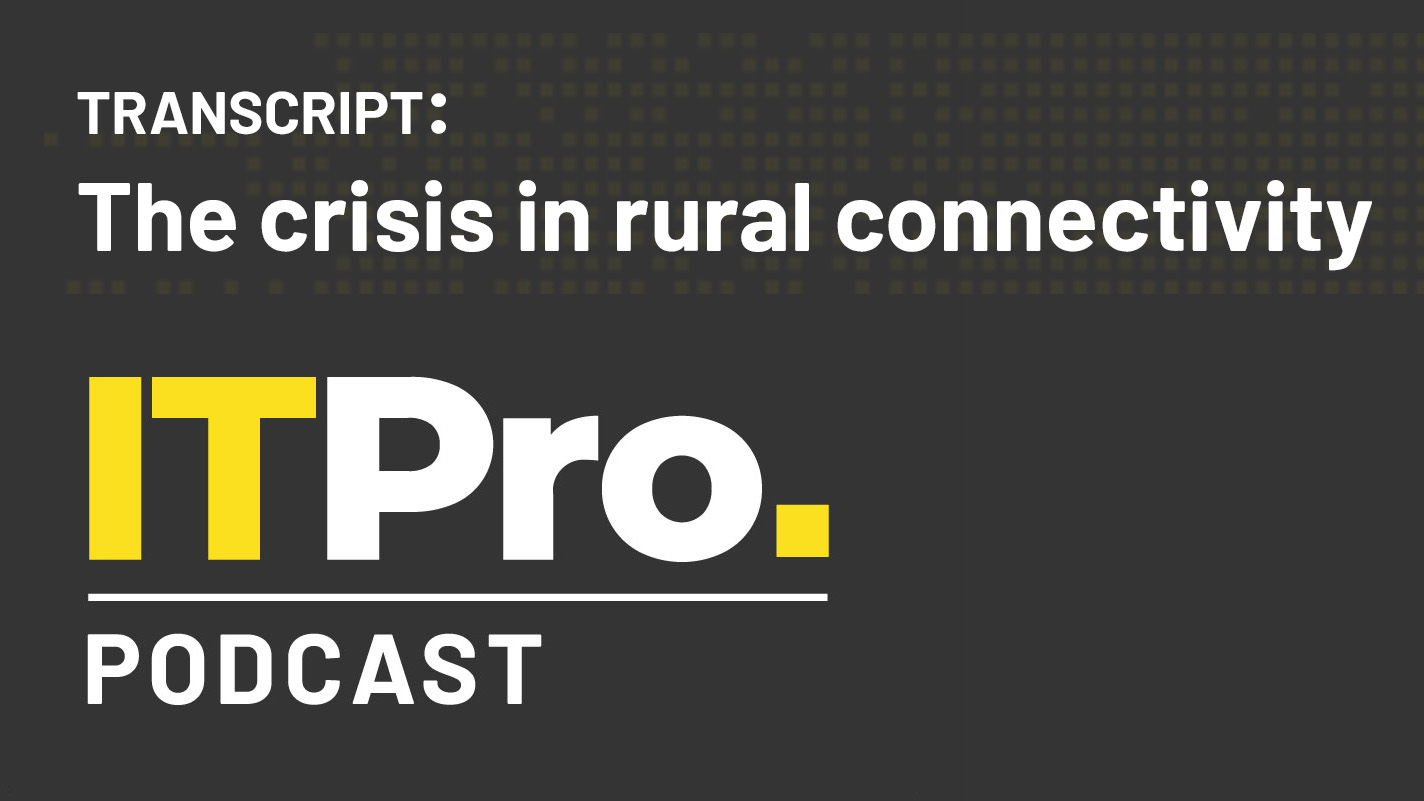 Podcast transcript: The crisis in rural connectivity
Podcast transcript: The crisis in rural connectivityIT Pro Podcast Read the full transcript for this episode of the IT Pro Podcast
By IT Pro
-
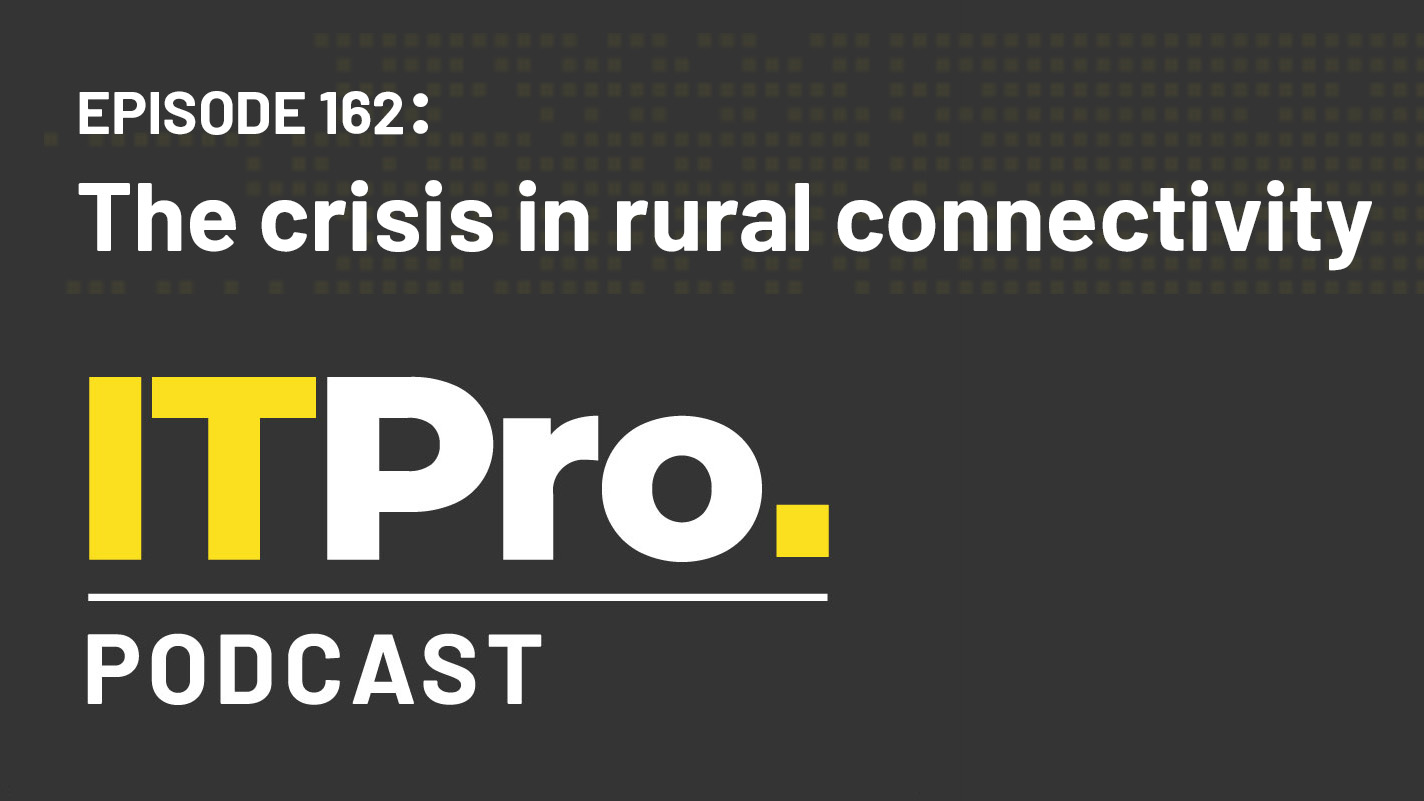 The IT Pro Podcast: The crisis in rural connectivity
The IT Pro Podcast: The crisis in rural connectivityITPro Podcast Rural businesses are still being left behind and face shutdowns of 3G and copper without anything to fall back on
By IT Pro
-
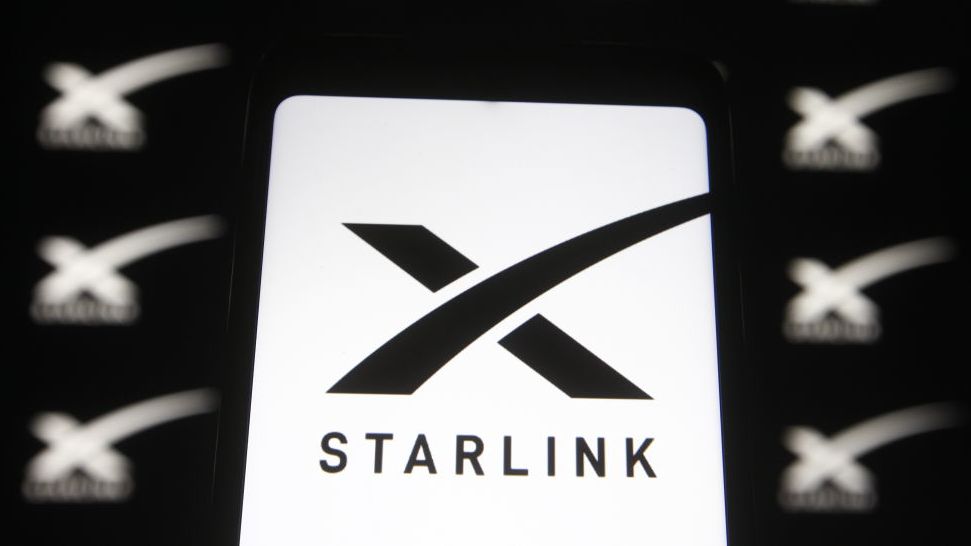 UK government to run Starlink trials in Snowdonia, Lake District
UK government to run Starlink trials in Snowdonia, Lake DistrictNews The government has indicated low-Earth orbit satellites could be key to expanding connectivity to UK businesses
By Rory Bathgate
-
 Satellite broadband could turbocharge rural business connectivity
Satellite broadband could turbocharge rural business connectivityIn-depth The burgeoning industry is pledging to succeed where fibre has failed, in a much-needed push to connect chronically underserved businesses
By Rory Bathgate
-
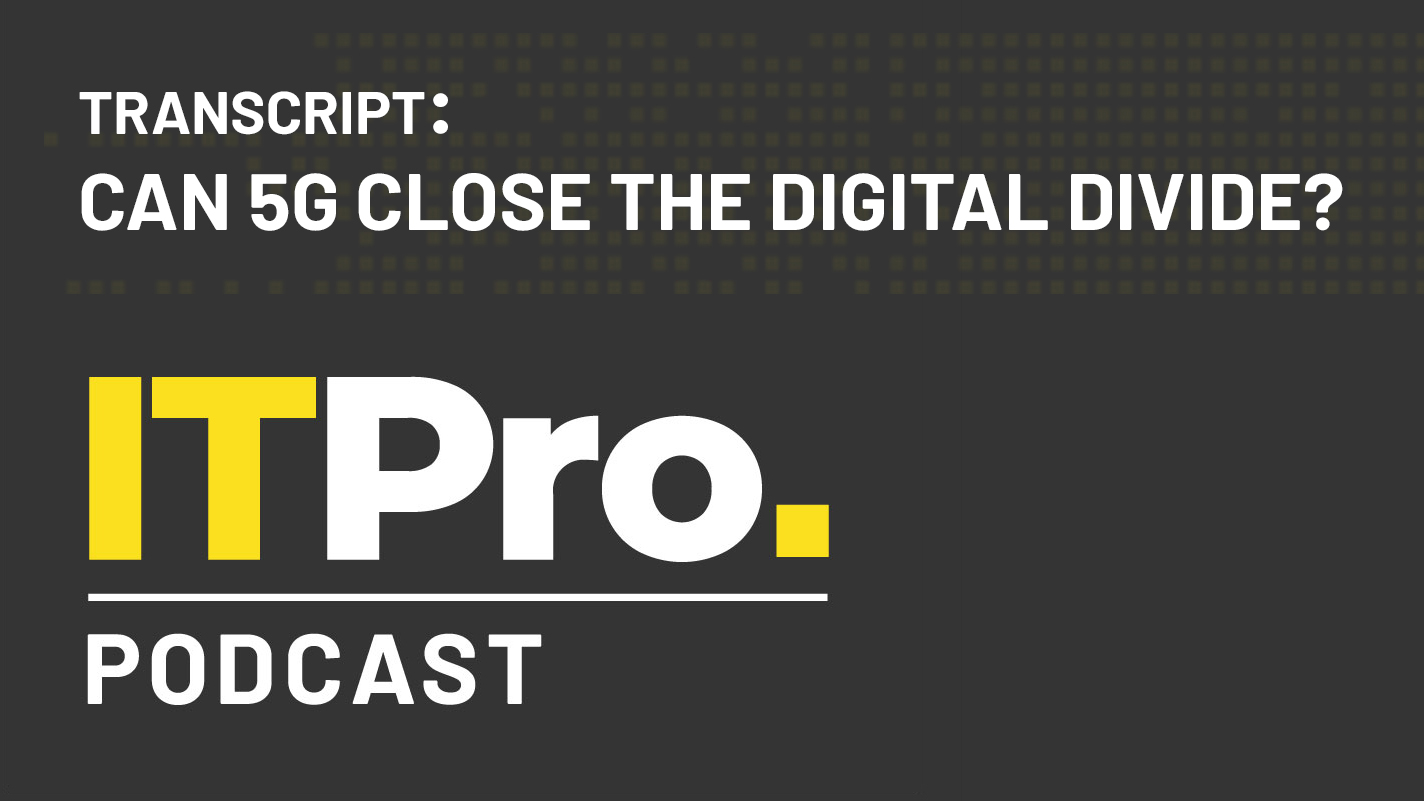 Podcast transcript: Can 5G close the digital divide?
Podcast transcript: Can 5G close the digital divide?IT Pro Podcast Read the full transcript for this episode of the IT Pro Podcast
By IT Pro
-
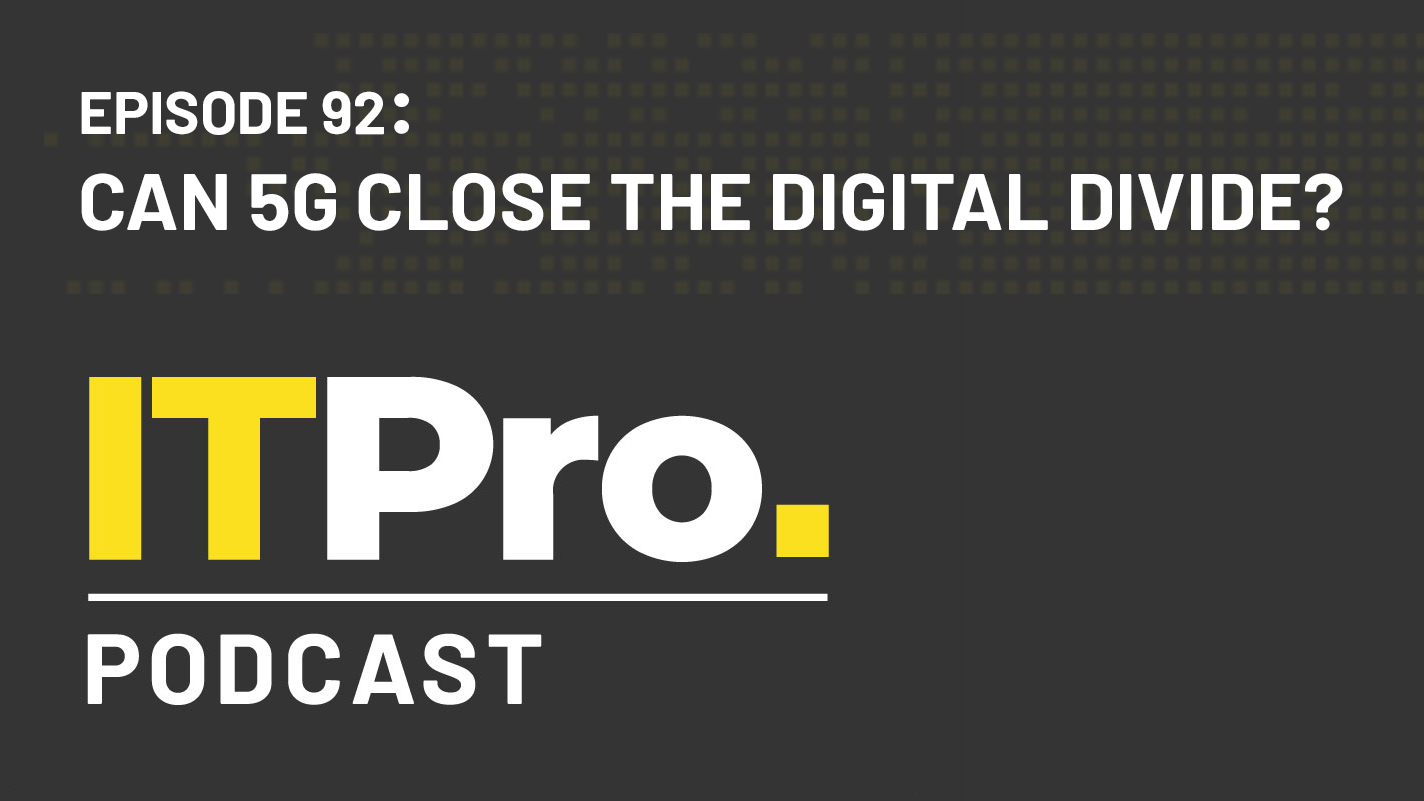 The IT Pro Podcast: Can 5G close the digital divide?
The IT Pro Podcast: Can 5G close the digital divide?IT Pro Podcast Connectivity is essential for modern life - but can 5G help bring it to those without?
By IT Pro
-
 BT's 'SoHo' business aims to help SMBs rebuild post-pandemic
BT's 'SoHo' business aims to help SMBs rebuild post-pandemicNews The spin-off will offer broadband packages, free digital skills training and cyber security tools to SMBs and startups
By Sabina Weston

